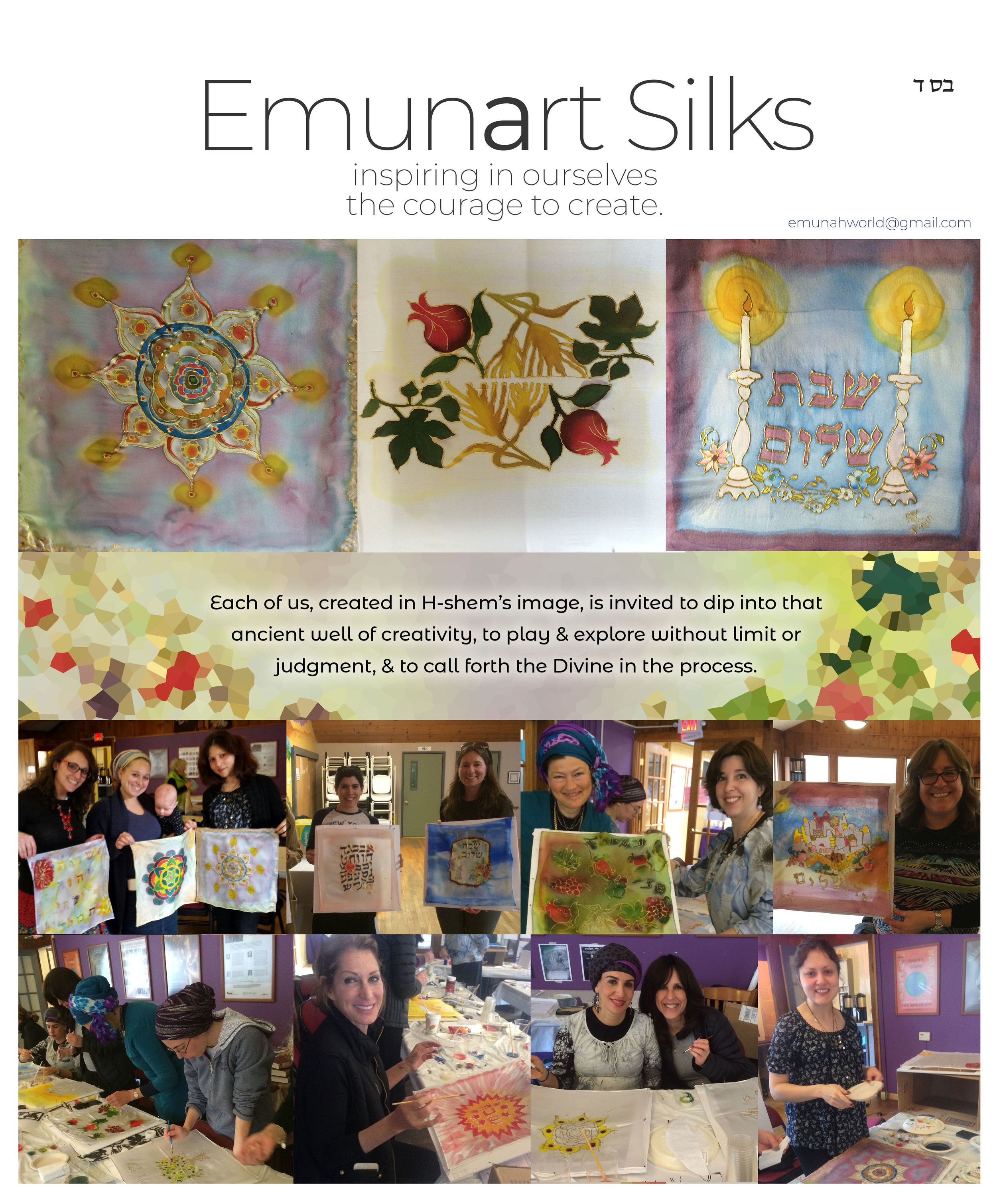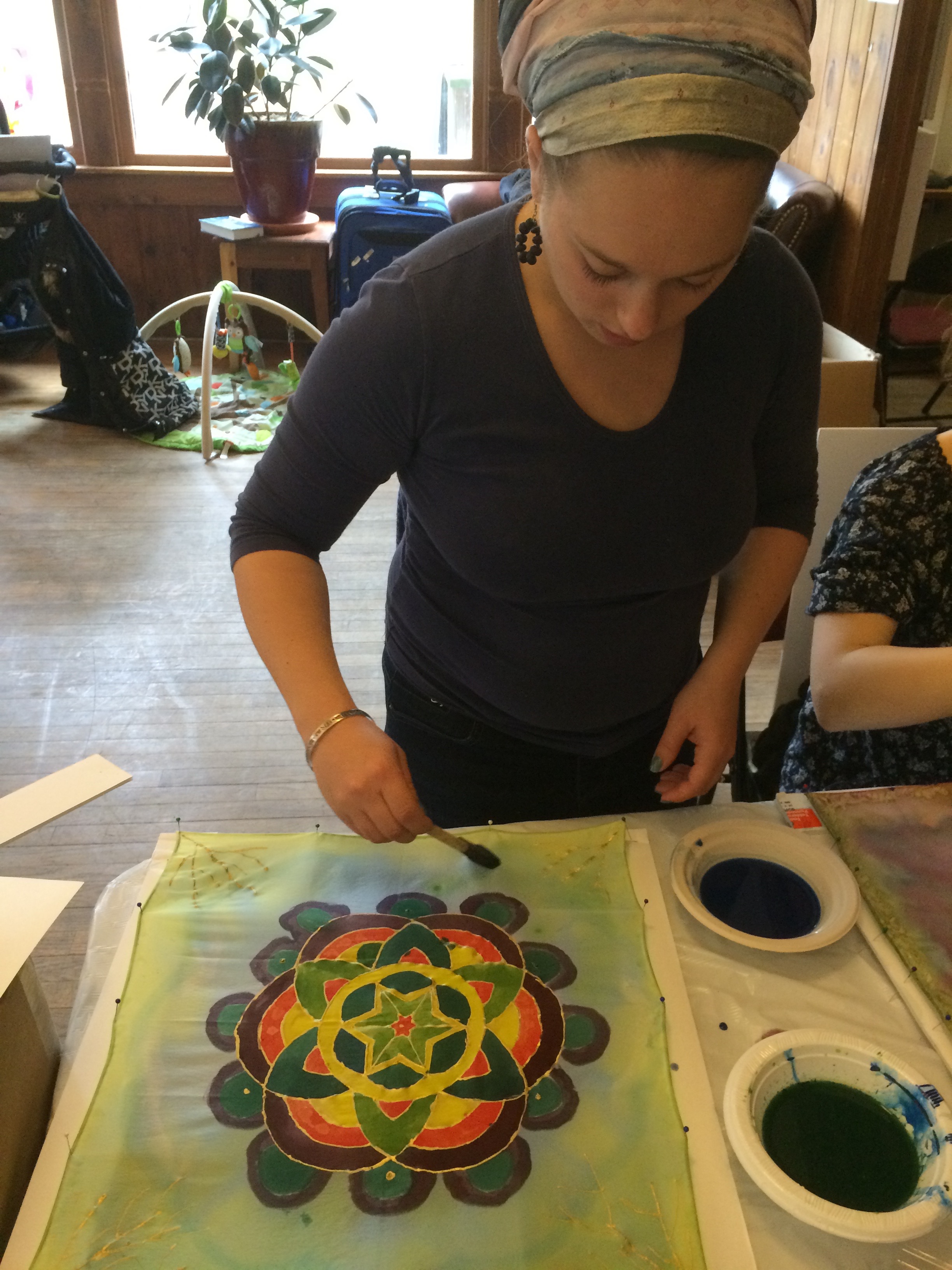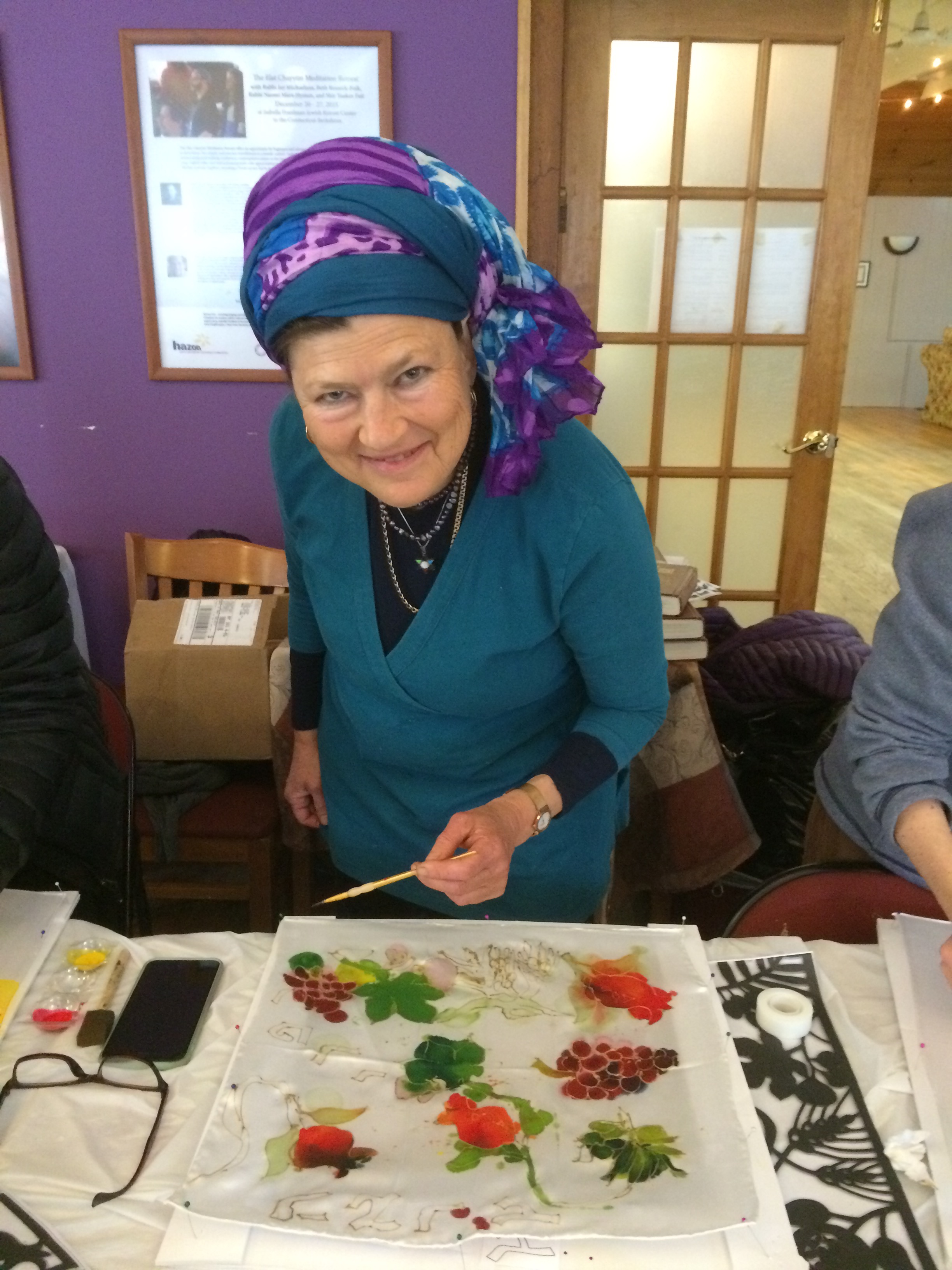Emunart
Rochel Weiman
In Jewish tradition, creative expression is encouraged. In fact, it is seen as one of the most potent tools in our service of H-shem.
When we use our creativity in a positive way, we are being like H’, Who is the ultimate Creator. The verse says, “There is no ‘Tzur’ (Rock) like our H’” (1 Shmuel, 2:2) which the Talmud expounds “There is no ‘Tziur’ – meaning Artist – like our H’.” Just look at the many shades of red contained in a single rose to appreciate the beauty of H’’s handiwork, let alone a beautiful sunset. H’ is not just a “scientist” who manipulates particles and causes chemical reactions; he is a true Artist in the fullest sense of the word, Who brings unmatchable beauty to the world. When we create works of art that bring beauty to the world in any of the creative arenas, we are continuing H’’s work.
Every one of us have a creative spark inside of us. We are all like construction workers who arrive at a building site. Each one of us is given a tool box at the site. One person may have a hammer and nails. Another one may have a power drill or power saw. Another may have bricks and mortar. Another may have pipes and wiring. Each one of us needs to look inside ourselves and find the tools we have been given to help make the world into a better place. Each of us has a unique inner gift; discover it, express it, and use it to fix the world.
Creative self-expression is euphoric. Seeing the success of one’s talents is a sweet massage to the psyche, as it experiences the natural pleasure of accomplishment. But in Jewish thought, the expression of one’s talents is seen as something more:
Each soul has a unique mission as an agent of H’. As an agent, the soul is endowed with the tools that she needs; these tools are custom-designed for her task. If one has an awareness of one’s soul and its mission as an agent of G‑d, the experience of creative self-expression takes on a different dimension.
The women who traveled with Moses in the desert had keen soul-awareness. When Moses lists the contributions that the Jews made to theTabernacle, he mentions amongst them the contributions of the women, who wove exquisite fabrics for the Tabernacle’s curtains. As will be seen, these women viewed their creative expression as part of their service to G‑d, and G‑d so valued their gifts that special mention of them is made in the Torah.






















